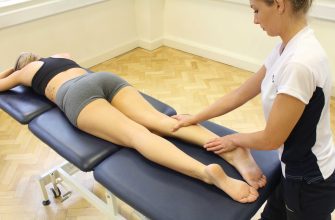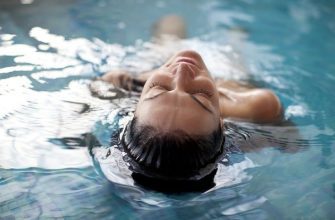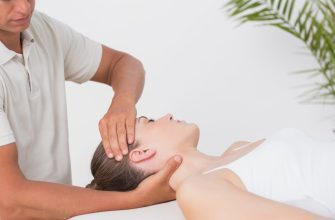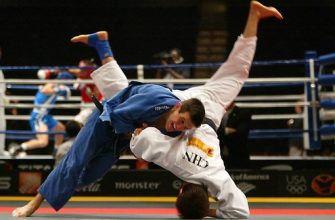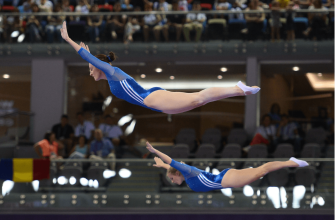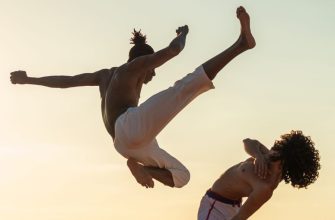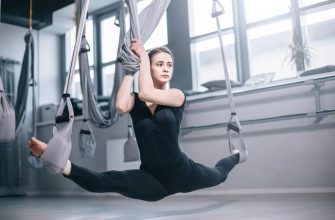The Benefits of Sports for Children
Participating in sports offers far more than just physical activity. The benefits are holistic:
- Physical Health: Builds strong bones and muscles, improves cardiovascular fitness, enhances coordination and motor skills, helps maintain a healthy weight, and establishes a foundation for a healthy lifestyle.
- Mental & Emotional Well-being: Boosts self-esteem and confidence, teaches resilience and how to handle disappointment, reduces symptoms of anxiety and depression, and provides a healthy outlet for stress.
- Social Skills: Teaches teamwork, cooperation, communication, and leadership. It provides a sense of belonging and community and helps children make friends outside of school.
- Cognitive Development: Improves concentration, focus, and strategic thinking, which can positively impact academic performance.
At What Age Is It Better to Start and Why?
There is no single “perfect” age, as it depends on the child’s individual development and the sport itself. The general consensus follows a phased approach:
Ages 2-5: The Exploratory Phase
- Focus: Unstructured play and developing fundamental movement skills.
- Activities: Running, jumping, tumbling, throwing, catching, kicking, and swimming lessons (primarily for water safety).
- Why: Young children have short attention spans and are still developing basic motor skills. Organized sports with rules and teams are often frustrating. The goal is to make movement fun.
Ages 6-9: The Introduction to Structure Phase
- Focus: Learning basic sports skills and simple rules in a low-pressure, fun environment.
- Activities: Soccer, T-ball/softball, gymnastics, martial arts, swimming, tennis (with modified equipment).
- Why: Children’s vision, attention span, and ability to follow directions have improved. They can understand simple strategies and the concept of teamwork. Emphasis should still be on fun and skill development, not competition.
Ages 10+: The Specialization Phase
- Focus: More complex concepts, structured competition, and a greater time commitment.
- Activities: Most sports are appropriate, including football, basketball, hockey, and volleyball.
- Why: Children are physically and mentally ready for more challenging play. Some may begin to show a preference for one or two sports. However, early specialization (focusing on one sport year-round) is still not recommended due to the high risk of burnout and overuse injuries.
Key Takeaway: The best age to start is when the child shows a genuine interest and is developmentally ready for the structure of that specific sport. Forcing a child into organized sports too early can create a negative association with physical activity.
Which Sports Are Not Recommended for Children?
It’s less about banning specific sports and more about understanding the risks and ensuring appropriate safety measures. However, some sports carry higher risks for young children.
- Sports with High Risk of Repetitive Impact/Overuse:
- Long-Distance Running: Organized marathon training is not recommended for growing bodies due to the high risk of stress fractures and joint damage.
- Early Specialization in a Single Sport: Focusing intensely on one sport like gymnastics, swimming, or tennis year-round leads to a high rate of overuse injuries (e.g., shoulder injuries in swimmers, elbow injuries in young pitchers).
- Sports with High Risk of Collision/Trauma:
- Tackle Football: There is significant debate due to the high risk of concussions and repetitive sub-concussive hits for younger children with developing brains and necks. Many experts recommend flag football until early adolescence.
- Boxing: Not recommended by the American Academy of Pediatrics (AAP) due to the primary objective being to inflict harm and the high risk of concussions and chronic brain injury.
- Full-Contact Martial Arts: Styles focused on striking to the head carry higher risks than non-striking or point-based styles (e.g., Judo, Jiu-Jitsu).
The most important factor is the culture of the program. Any sport can become “not recommended” if it is coached by adults who prioritize winning over safety, proper technique, and development.
How to Choose a Sport for Your Child
The best formula involves observing your child and having open conversations.
- Follow Their Interest, Not Yours: The biggest predictor of enjoyment is their own intrinsic motivation. Did they see a sport and get excited? Do their friends play something? Avoid projecting your own unrealized dreams onto them.
- Consider Their Temperament and Personality:
- Team vs. Individual: Does your child thrive in a group dynamic (soccer, basketball) or prefer to be responsible for their own performance (tennis, swimming, martial arts)?
- Contact vs. Non-Contact: Is your child naturally cautious or more physical and bold?
- Pace: Do they have high energy for constant running (soccer) or do they prefer bursts of action (baseball)?
- Assess Their Physical Build and Strengths: This becomes more relevant as they get older.
- A tall, coordinated child might naturally gravitate toward basketball.
- A child with high endurance might excel in soccer or swimming.
- A strong, compact build might be well-suited for gymnastics or wrestling.
- Sample and Explore: Take advantage of beginner clinics, summer camps, and introductory programs. Let your child try a few different activities to see what they genuinely enjoy before committing to a full season.
- Evaluate the Program and Coach:This is critical.
- Philosophy: Does the program emphasize fun, skill development, and participation for all kids? Or does it focus only on winning and the most talented players?
- Coach: Is the coach positive, encouraging, and trained in working with children? Do they prioritize safety?
The ultimate goal is to help your child find a physical activity they enjoy, which sets them up for a lifetime of health and fitness. The best sport for your child is the one they look forward to playing.
